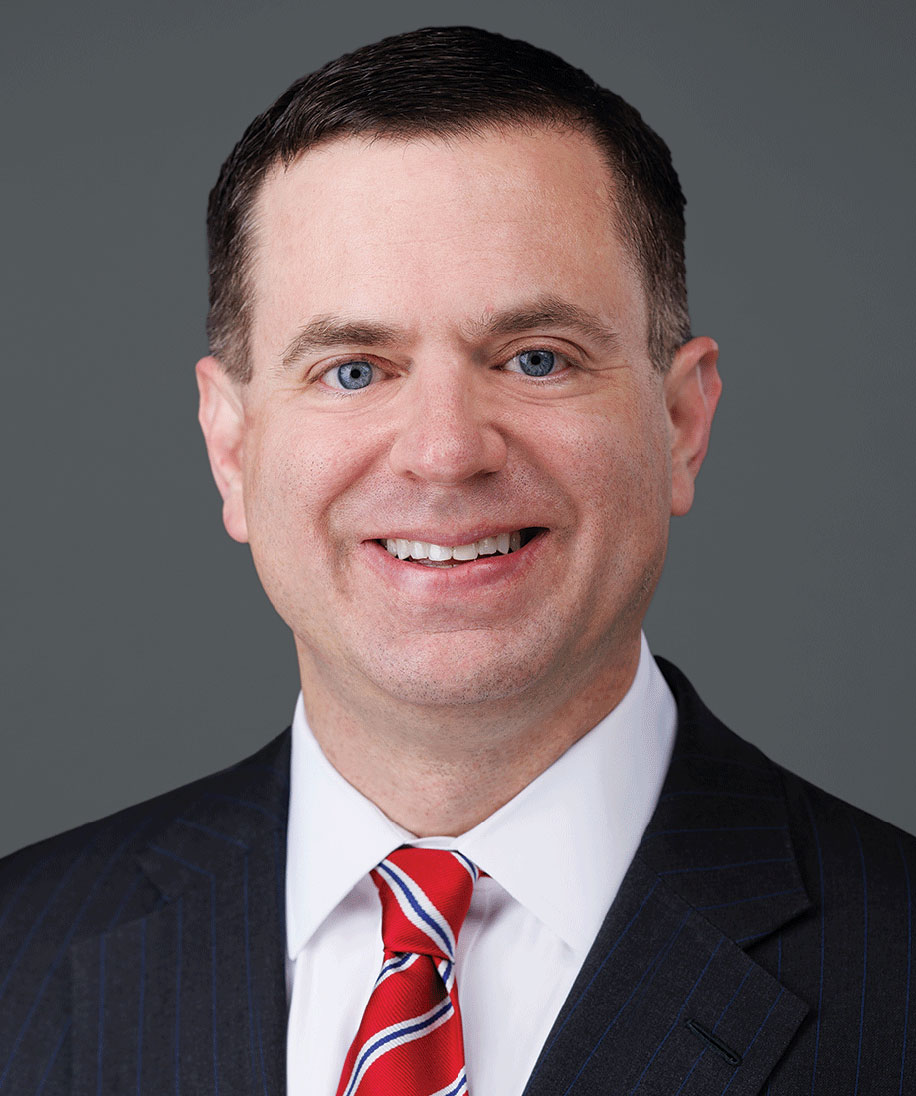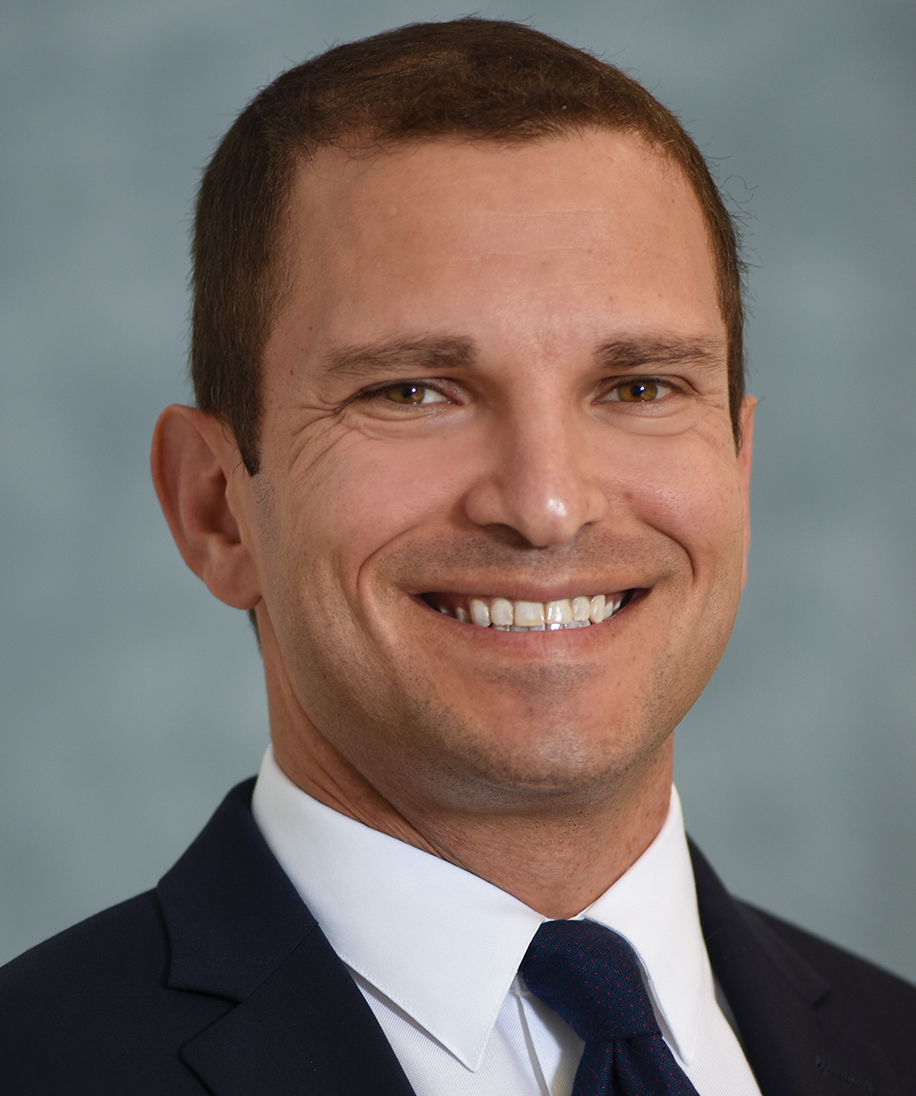Client Alert
The Consequential Impact of the Supreme Court’s Monumental Ruling in SEC v. Jarkesy
July 11, 2024
By Brad Bondi,Kenneth P. Herzinger,
Traci G. Zeller,
Derek Evan Wetmore,Erin Zatlinand Matt MonforteOn June 27, 2024, the Supreme Court of the United States issued its decision in SEC v. Jarkesy, holding that the Securities and Exchange Commission (“SEC”) must prosecute securities fraud before a federal court whenever it seeks civil penalties. The Court concluded the Seventh Amendment affords defendants in such matters the right to a jury trial. Additionally, because such prosecutions must occur before a federal court, defendants also will receive other important procedural protections such as an Article III judge presiding over the lawsuit, discovery under the Federal Rules of Civil Procedure (“FRCP”) and the application of the Federal Rules of Evidence (“FRE”). Although the law is now clear that the SEC must pursue securities fraud claims in federal district courts whenever the SEC seeks civil penalties, the next battleground likely will be over whether the Court’s ruling extends to statutory provisions other than securities fraud. The Court’s holding appears to indicate that whenever the SEC seeks a civil penalty under its statutory penalty tiers, the SEC must do so in federal court unless the “public rights” exception applies.
SEC v. Jarkesy
The SEC may bring fraud charges under the “antifraud provisions” of the Securities Act of 1933, the Securities Exchange Act of 1934, and the Investment Advisors Act of 1940. After the Dodd-Frank Wall Street Reform and Consumer Protection Act (“Dodd-Frank Act”), the SEC could obtain civil penalties through an enforcement action brought either in federal court or before its own in-house tribunals. Shortly after the Dodd-Frank Act, the SEC initiated an in-house enforcement action for securities fraud against Jarkesy and his advisory firm, Patriot28. In 2014, an SEC Administrative Law Judge (“ALJ”) levied a $300,000 civil penalty against Jarkesy and Patriot28. Jarkesy and Patriot28 petitioned for judicial review. The Fifth Circuit vacated the final order, holding that the SEC’s decision to adjudicate the matter through an administrative law proceeding before an ALJ violated Jarkesy’s and Patriot28’s Seventh Amendment right to a jury trial. The SEC appealed.
The Court held that when the SEC seeks civil penalties against a defendant for securities fraud, the Seventh Amendment affords the defendant a right to a jury trial before a federal court.[1] The Court reiterated the Seventh Amendment guarantees that in “suits at common law, . . . the right of trial by jury shall be preserved.”[2] The Court affirmed that the right is not limited to common law actions recognized when the Seventh Amendment was ratified.[3] Instead, the right extends to claims that are “legal in nature.”[4] The Court held that the most important consideration when determining whether a claim is “legal in nature” is the remedy.[5] A remedy seeking civil penalties—a form of monetary relief—is “legal in nature” if such remedy is designed to punish or deter the wrongdoer.[6] The Court held that because the SEC’s penalty statutes tie the availability of civil penalties to the perceived need to punish or deter the defendant, such penalties are “legal in nature.”[7] Accordingly, the Seventh Amendment affords defendants in such matters the right of a jury trial. The Court confirmed its holding by analogizing the “antifraud provisions” to common law fraud, which the Seventh Amendment affords a jury trial.[8]
The SEC argued that the Seventh Amendment right to a jury trial is not implicated because these matters fall under the “public rights” exception.[9] The Court rejected the SEC’s argument. If the claim involves “the nature of an action at common law, then the matter presumptively concerns private rights.”[10] “Public rights” are those historically determined exclusively by the Executive and Legislative branches.[11] The Court opined that when a claim is premised on a statute “unknown to common law,” the claim might fall under the “public rights” exception and not implicate the Seventh Amendment.[12] Still, the Court concluded the SEC’s claim under the “antifraud provisions” did not involve claims “unknown to common law.”[13] Accordingly, the SEC’s claims implicated “private rights” that must be adjudicated before a federal court.[14]
Implications of SEC v. Jarkesy
-
-
Defendants Will Have Additional Procedural Protections And May Be More Likely To Prevail When Their Matters Are Litigated Before a Federal Court.
When the SEC adjudicates securities fraud in-house, many procedural protections afforded to defendants in federal courts are absent. For example, defendants have no general right to discovery. Defendants may request the presiding ALJ to issue subpoenas on their behalf, but the ALJ often declines.[15] Defendants may take only five oral depositions.[16] The FRE does not apply, including the prohibition against hearsay.[17] Accordingly, as Justice Gorsuch stated, defendants before in-house proceedings have the odds stacked against them.[18]
As the Supreme Court now has ruled, the SEC must adjudicate securities fraud claims in federal district courts whenever it seeks civil penalties. Defendants will be afforded the procedural protections that are commonplace whenever a person’s life, liberty, or property is at stake.[19] These protections include the right to seek discovery from the SEC pursuant to FRCP 26(b)(1) and the right to take depositions and subpoena third parties for testimony and documents pursuant to FRCP 30(a)(2)(A)(i) and FRCP 45. Additionally, the FRE will apply, meaning hearsay is generally inadmissible.[20] The additional procedural protections available in federal court may mean that defendants have better odds against the SEC’s charges.
-
Once-Private SEC Administrative Proceedings Now Will Be Litigated In Public View.
An additional implication of the Supreme Court’s ruling is that once-private SEC administrative proceedings now will be litigated publicly in federal court. The Court previously has held that the public and press have a First Amendment right to attend judicial proceedings and access court documents. Defendants now must navigate the implications of the public having access to their records and a greater understanding of the charges levied against them.
-
How Far Will The Court’s Decision Reach?
The Court’s ruling conceivably could extend to every cause of action the SEC brings that uses the statutory penalty tiers because the tiers consider the need to punish the defendant. The SEC may argue that the “public rights” exception applies to certain causes of action, such as Books and Records violations and Internal Control violations. Such scenarios likely will be litigated in the coming months and years.
The Supreme Court’s decision will also likely implicate causes of action brought by other agencies, including the Commodity Futures Trading Commission and the Consumer Financial Protection Bureau. Although the applicability of the Court’s decision will be litigated in the foreseeable future, SEC v. Jarkesy suggests that if an agency brings a cause of action and seeks a civil remedy designed to punish or deter the defendant, the agency must do so in federal court.
-
[1] SEC v. Jarkesy, 603 U.S. ____ (2024) (Slip. op. at 6-7).
[2] Id. at slip op. 8.
[3] Id.
[4] Id. (citation omitted).
[5] Id. at slip op. 9 (citation omitted).
[6] Id.
[7] Id. at slip op. 10.
[8] Id. at slip op. 11–13.
[9] Id. at slip op. 13.
[10] Id. at slip op. 14 (citation omitted).
[11] Id.
[12] Id. at slip op. 22–25.
[13] Id. at slip op. 27.
[14] Id.
[15] Jarkesy, 603 U.S. at ____ (Gorsuch, J., concurring).
[16] See 17 C.F.R. § 201.233(a).
[17] See 17 C.F.R. § 201.235(a)(5); 17 C.F.R. § 201.230.
[18] Jarkesy, 603 U.S. at ____ (Gorsuch, J., concurring) (citing a study that found the SEC won about 90% of the in-house proceedings compared to 69% of cases before a federal court).
[19] Jarkesy, 603 U.S. at ____ (Gorsuch, J., concurring).
[20] See FRE 802.
Contributors




